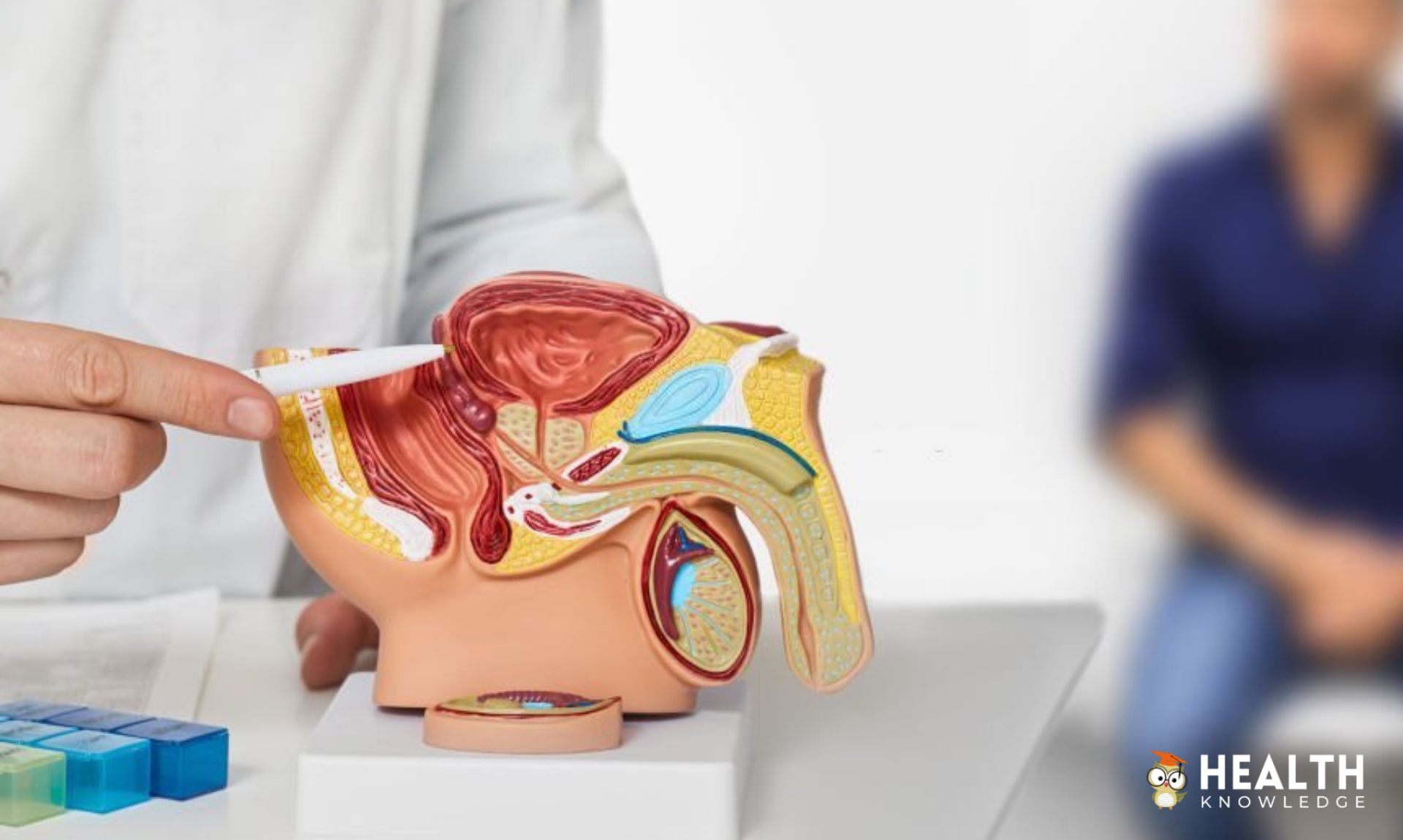Understanding Diabetes: Types, Symptoms, and Risk Factors
Diabetes, a complex and chronic metabolic disorder, affects millions of people worldwide. It occurs when the body’s ability to regulate blood sugar (glucose) levels is compromised. This article aims to provide a comprehensive overview of diabetes, its types, symptoms, and the various risk factors associated with it.
What is Diabetes? Unveiling the Basics
“Diabetes is not just about sugar; it’s about the delicate balance within your body’s metabolic symphony.” – Unknown
Diabetes is a condition that disrupts the body’s ability to process glucose, resulting in elevated blood sugar levels. The body requires glucose as its primary source of energy, and insulin, a hormone produced by the pancreas, helps regulate the uptake and utilization of glucose by cells. When this process is impaired, it leads to diabetes.
Varieties: Diving into Type Distinctions
“Diabetes isn’t a one-size-fits-all condition; it’s a spectrum that demands tailored attention.” – Unknown
There are several types of diabetes, each with distinct characteristics. The most common types are Type 1, Type 2, and gestational diabetes.
Type 1 Diabetes:
Type 1 diabetes, also known as insulin-dependent diabetes or juvenile diabetes, is an autoimmune condition where the body’s immune system attacks and destroys the insulin-producing beta cells in the pancreas. As a result, the body produces little to no insulin.
Type 2 Diabetes:
Type 2 diabetes, formerly known as non-insulin-dependent diabetes, is characterized by insulin resistance and inadequate insulin production. It is the most common type of diabetes, often occurring in adulthood, but it can also affect younger individuals.
Gestational Diabetes:
Definition: Gestational diabetes occurs during pregnancy when hormonal changes lead to insulin resistance, resulting in high blood sugar levels. It usually develops around the 24th to 28th week of pregnancy.
How Common is Diabetes? A Glimpse into Prevalence
“Diabetes isn’t a rare anomaly; it’s a shared challenge that calls for collective awareness.” – Unknown
Diabetes has become a global health concern, affecting millions of individuals. According to the International Diabetes Federation, approximately 537 million adults across the world have diabetes. This number is projected to rise to 700 million by 2045 if current trends continue. Diabetes is a pervasive condition that transcends geographical and socio-economic boundaries.
Symptoms Speak: Identifying the Telltale Signs
“Symptoms are your body’s whispers; paying heed can make all the difference.” – Unknown
Early detection and management of diabetes are crucial to prevent complications. Dr. Jane Doe, a renowned endocrinologist, explains, “Diabetes symptoms can vary, but persistent signs like excessive thirst and frequent urination should never be ignored.”
Increased Thirst
People with diabetes often experience excessive thirst, a condition known as polydipsia.High blood sugar levels can cause the kidneys to work harder to filter and absorb excess glucose. This leads to increased urine production, which can leave you dehydrated and feeling thirsty.
Frequent Urination
Frequent urination, or polyuria, is a common symptom of diabetes. Elevated blood sugar levels cause the kidneys to expel more glucose into the urine. This excess glucose in the urine draws water along with it, resulting in increased urine production and more frequent trips to the bathroom.
Fatigue
Fatigue or persistent tiredness is a common complaint among individuals with diabetes. In diabetes, the body has difficulty using glucose for energy due to either a lack of insulin (Type 1) or insulin resistance (Type 2). This can lead to cells not receiving sufficient energy, causing fatigue and overall weakness.
Blurred Vision
Blurred or distorted vision is a potential sign of diabetes. High blood sugar levels can affect the shape of the lens in your eye, leading to changes in vision. This is often temporary and improves with better blood sugar control.
Unexplained Weight Loss
Sudden, unexplained weight loss is a red flag for diabetes.In Type 1 diabetes, the body cannot use glucose properly, leading to the breakdown of fat and muscle for energy. This can result in significant weight loss despite increased appetite and food intake.
Numbness or Tingling in Hands or Feet
Numbness, tingling, or a “pins and needles” sensation in the hands or feet, known as neuropathy, can be related to diabetes. Prolonged high blood sugar levels can damage nerves, particularly in the extremities, leading to these abnormal sensations. This condition is called diabetic neuropathy.
Slow-Healing Sores or Cuts
Diabetes can lead to slow healing of wounds, cuts, and sores. High blood sugar can impair blood circulation and damage blood vessels, which are essential for proper wound healing. This can lead to delays in the healing process and an increased risk of infections.
Frequent Skin and/or Vaginal Yeast Infections
Frequent skin infections or vaginal yeast infections may occur in individuals with diabetes. Elevated blood sugar levels can provide an environment conducive to the growth of yeast and bacteria. This can lead to recurring infections, particularly in warm and moist areas like the skin folds or vaginal region.
It’s important to note that while these symptoms are associated with diabetes, they can also be indicative of other medical conditions. If you are experiencing any of these symptoms, it’s recommended to seek medical attention for proper diagnosis and management. Early detection and effective management of diabetes can help prevent complications and improve overall quality of life.
Unmasking Risk Factors: Unraveling Vulnerabilities:
“Risk factors are the pieces of the puzzle; understanding them empowers you to make informed choices.” – Unknown
Understanding the risk factors associated with diabetes is essential for prevention and management. Here are some following risk factor associated with your wellbeing:
Non-Modifiable Risk Factors
Family History
The influence of genetics on diabetes risk cannot be overlooked. If your parents or close blood relatives have diabetes, it can predispose you to the condition. This genetic link doesn’t guarantee that you will develop diabetes, but it does increase the likelihood. Sharing your family health history with your doctor allows for a better understanding of your potential risk and aids in developing a personalized prevention plan.
Race or Ethnic Background
Certain racial and ethnic groups, such as African Americans, Hispanic/Latino Americans, Native Americans, and Asian Americans, have a higher risk of developing diabetes compared to others. Genetic and lifestyle factors within these populations contribute to the increased risk.
Age
Age plays a pivotal role in diabetes risk. As we grow older, our body’s ability to regulate blood sugar diminishes, increasing the likelihood of insulin resistance. Type 2 diabetes is often associated with middle-aged adults, particularly after the age of 40. However, the concerning trend of diabetes occurring in children and adolescents is on the rise, which underscores the importance of lifestyle habits from a young age.
Gestational Diabetes
If you experienced gestational diabetes during pregnancy, you have an elevated risk of developing Type 2 diabetes later in life. This temporary form of diabetes during pregnancy reveals an underlying susceptibility to insulin resistance, which can persist after childbirth. Regular monitoring and preventive measures are important to manage this risk effectively.
Modifiable Risk Factors
Weight

Maintaining a healthy weight is paramount in diabetes prevention. Excess weight, especially around the abdominal area, contributes to insulin resistance and the risk of developing Type 2 diabetes. Aiming to shed even a modest amount of weight—around 5% to 10% of your body weight—can lead to significant improvements in insulin sensitivity, reducing your risk of diabetes.
Physical Activity
Being physically inactive contributes to prediabetes and Type 2 diabetes. Regular activity improves insulin sensitivity, helping your body use insulin more effectively. Engaging in regular physical activity is a powerful tool in diabetes prevention. Exercise enhances your body’s ability to use insulin effectively, lowering blood sugar levels. Even a moderate 30-minute walk, five days a week, can have a profound impact on reducing the risk of both diabetes and heart disease. Incorporating a mix of aerobic and muscle-strengthening activities is highly beneficial.
Blood Pressure
High blood pressure (hypertension) not only jeopardizes cardiovascular health but also intensifies the complications associated with diabetes. Maintaining blood pressure levels below 130/80 mm Hg is crucial for managing diabetes effectively. Regular monitoring, a heart-healthy diet, exercise, and potential medications under medical supervision are essential components of blood pressure management.
Cholesterol (Lipid) Levels
High levels of LDL cholesterol (the “bad” cholesterol) and low levels of HDL cholesterol (the “good” cholesterol) are associated with an increased risk of diabetes and cardiovascular disease. Diabetes is intertwined with lipid abnormalities, which contribute to atherosclerosis and blood vessel issues. Prioritizing a balanced diet, exercise routine, and, when necessary, medications can help normalize lipid levels. Managing cholesterol levels is pivotal in preventing diabetes-related cardiovascular complications.
Smoking
Smoking is a significant risk factor for Type 2 diabetes. Smoking acts as a catalyst for diabetes complications by aggravating inflammation, insulin resistance, and cardiovascular risks. Quitting smoking significantly improves your overall health, reduces diabetes-related risks, and contributes to better disease management.
Diet
Poor dietary choices, especially diets high in processed foods, sugary beverages, and unhealthy fats, contribute to obesity and insulin resistance, increasing diabetes risk. Your dietary choices play a central role in diabetes risk. A diet rich in whole grains, fruits, vegetables, lean proteins, and healthy fats fosters better blood sugar control and insulin sensitivity. Limiting saturated fats, cholesterol, and sodium while reducing sugary foods and beverages can greatly reduce diabetes risk.
Alcohol
Excessive alcohol consumption can lead to weight gain and increased blood sugar levels, contributing to diabetes risk. It can also negatively impact overall health.
Stress and Well-Being
Chronic stress and poor mental well-being can affect hormone levels and contribute to insulin resistance, potentially increasing diabetes risk. Finding healthy ways to manage stress—such as practicing mindfulness, engaging in hobbies, or seeking support—positively influences diabetes risk and management.
Sleep
Poor sleep quality and inadequate sleep duration are linked to insulin resistance and an increased risk of Type 2 diabetes. Prioritizing quality sleep is vital for diabetes prevention and management. Inadequate or excessive sleep can disrupt insulin sensitivity and glucose metabolism. Striving for 7-9 hours of restorative sleep each night supports overall health and contributes to better blood sugar control.
It’s important to note that while non-modifiable risk factors cannot be changed, modifying modifiable risk factors through lifestyle changes can significantly reduce the risk of diabetes. Regular medical check-ups, adopting a healthy lifestyle, and working with healthcare professionals are key to managing and reducing diabetes risk.
Wrapping Up: Navigating Diabetes Awareness
Diabetes is not just a condition; it’s a journey of understanding, managing, and thriving. It is a prevalent and complex metabolic disorder that requires attention and proactive management. Recognizing the symptoms, understanding the types, and addressing both non-modifiable and modifiable risk factors are key steps in preventing and managing diabetes. By adopting a healthy lifestyle, individuals can take control of their well-being and reduce their susceptibility to this chronic condition.
news via inbox
Nulla turp dis cursus. Integer liberos euismod pretium faucibua







